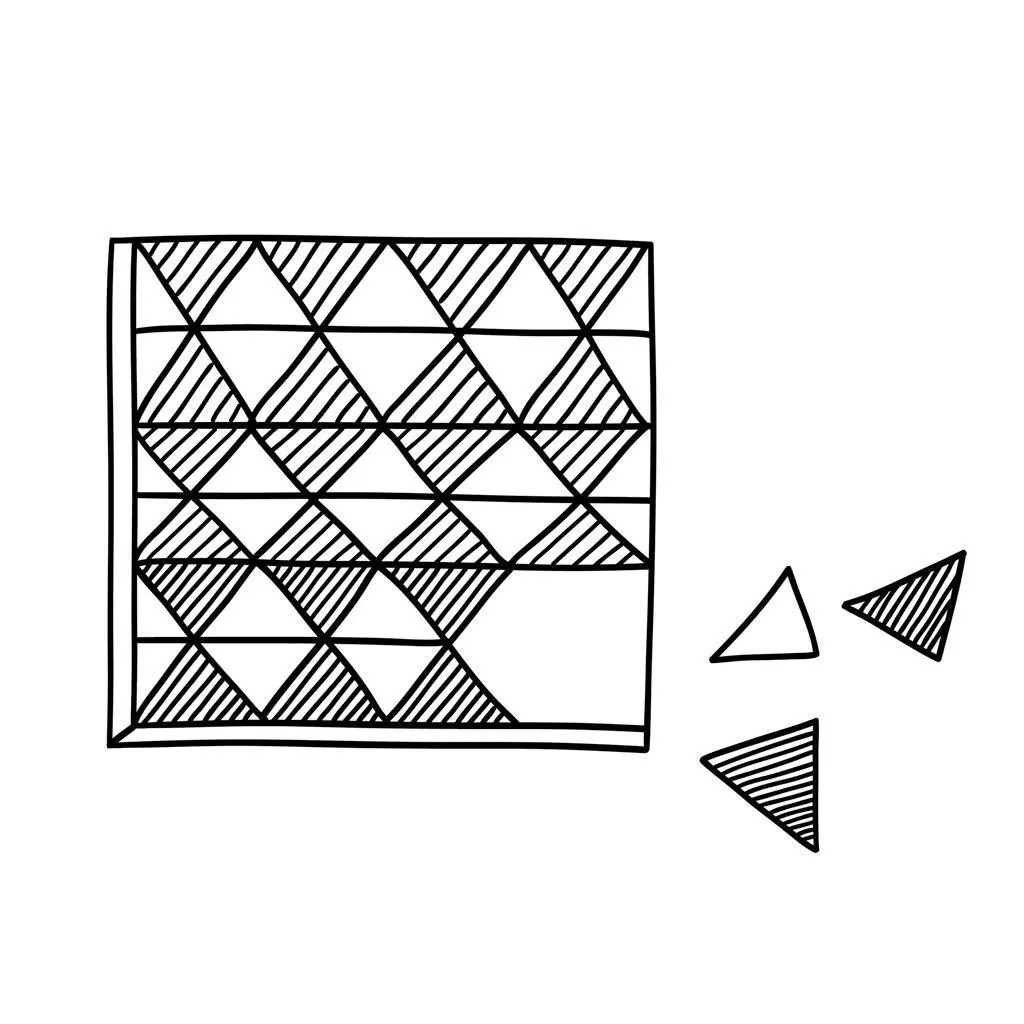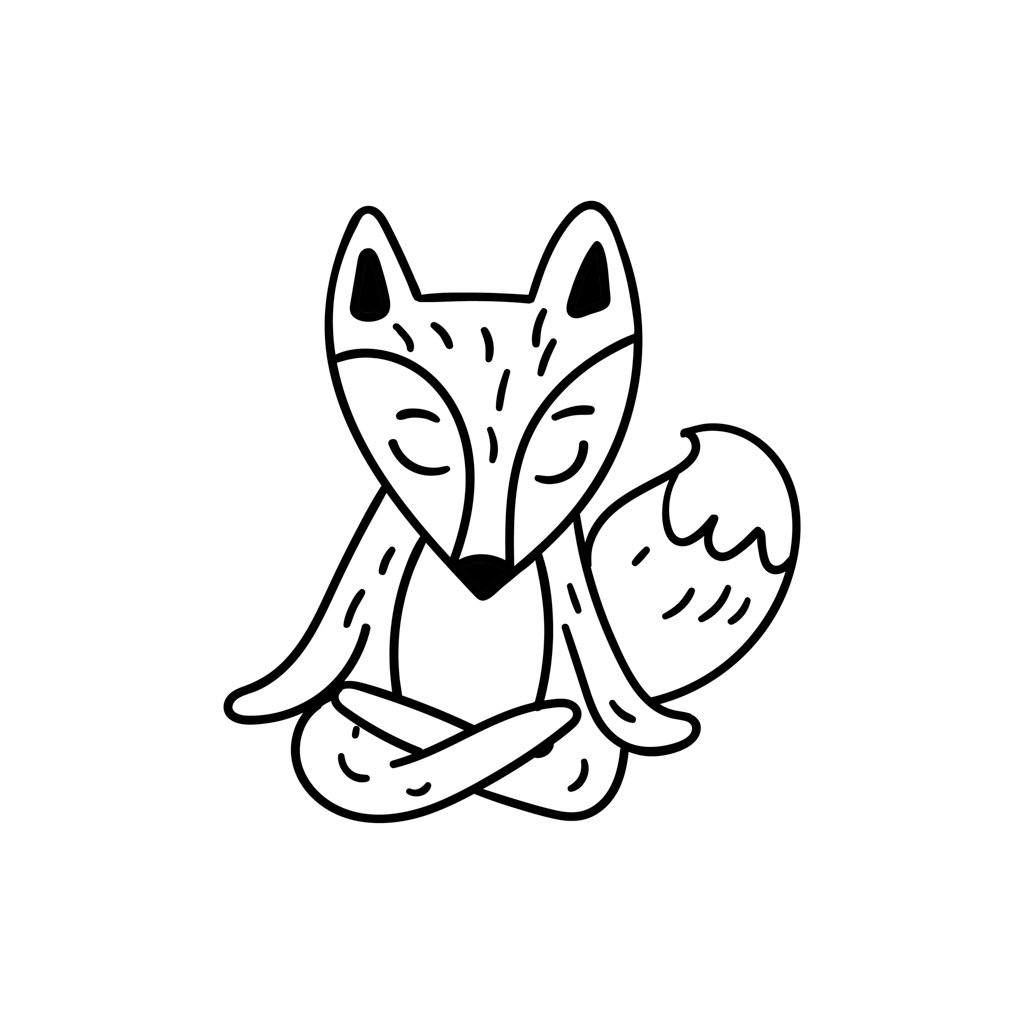How do you ask questions?
And why?
During a test, a teacher asks a question to get an answer.
They want to know what you know – and if it’s correct.
But there’s a flaw with this kind of questioning – it doesn’t help you to learn. Closed questions lead to short answers and do not promote discussion. You either know the answer or you don’t. That’s OK in a spelling test but it isn’t much good when you’re exploring new concepts.
So what should you do?
Ask open-ended questions.
What are open-ended questions?
Open-ended questions are questions that demand a reasoned response. They don’t end in a yes or a no.
What if you used paper instead of cardboard?
How would it be different if you used sellotape instead of glue?
Your goal is to elicit what your child thinks. Not to see if she is right or wrong but, rather, to encourage enquiry and higher-order thinking skills
What types of questions should I ask?
There’s an interesting journal article on this topic, if you have the time, You can read it in pdf form here: Chin (2007)
For our purposes, we’ll focus on three types of Socratic questioning (though I’m pretty sure Socarates didn’t use these terms!):
- Pumping – You ask a question to get more information. You want your child to give a more detailed answer.
- Reflective toss – Your child asks a question. Instead of answering, you reply with another one.
- Constructive challenge – In response to an incorrect answer, you respond with another question.
Here’s an example, from the 100 Toys breakfast table yesterday morning. We made waffles and No. 2 son was busy experimenting with liquids. Eating – as ever – was secondary.
No. 2: Daddy, what’s faster, maple syrup or water?
No. 2: If there was a mountain and there were two rivers, one made of water and the other one made of maple syrup, which one would get to the bottom first?
Me: What do you think? [pumping]
No. 2: Maple syrup, because it’s heavier.
Me: Hmm…
Me: How could we find out? [pumping]
No. 2: We could drop it.
Me: Is dropping the same as running down a slope? [constructive challenge]
No. 2: No.
Me: If you poured honey down a slope would it be fast or slow? [pumping]
No. 2: Slow
Me: Why would it be slow? [pumping]
No. 2: Because it’s sticky.
Me: Is maple syrup like water or honey? [pumping]
No. 2: Like honey! [pauses]. So water is faster!
No. 2: But it’s also like lava. But sometimes lava is fast… Why is lava fast and slow?
Me: When lava is slow, what does it look like? [reflective toss]
No. 2: It’s getting harder and cooler.
Me: So getting cooler slows liquids down? What happens to water when it gets cooler? Does it slow down as well? [pumping]
No. 2: Yes! It freezes! The water in the pond has frozen. We walked on it yesterday.
Do you see how he got to an answer himself with only a few well-chosen questions from me? I didn’t have to ‘teach’ anything.
This wasn’t a school science lesson. I had no agenda, no curriculum material to impart. I followed his interests and spotted the opportunity to extend his knowledge of liquids.
And because the questions – and answers – came from him, my son will remember what he learnt.
When a teacher teaches the material she wants to cover in a lesson, there is the chance that the child won’t know enough to engage with the task. There may be gaps in the child’s knowledge.
But by starting with the child, by drawing out the child’s knowledge through careful questioning, you never go too far. There’s no danger of pushing the conversation beyond what your child is capable of.
Ask your child open-ended questions
- Avoid closed questions with yes/no answers.
- Use the right question words. We all know to start a question with what, where, why, how, who and which but how you use them is equally important. Ask in a way that demands higher-order thinking (evaluation, synthesis or analysis). It’s possible to use ‘what’ or ‘which’ and get a one-word answer. Instead, try ‘what if’ and ‘how’.
- Wait for a response. Don’t jump in with the answer. If no answer comes, reframe the question. Tackle it from another angle.
- Answer questions with another question. Use your questions to guide the direction of the conversation. Sometimes the enquiry can be open. You have no agenda and your child is simply exploring the materials. This is common in early years play.
- Start with the child, from what she already knows.
Ask your child good questions and she will eventually learn to ask them herself.
And then there’s no limit to what she can discover.
Are you ready for school?
Do you have a preschooler? Would you like them to develop some key skills before starting school? How wonderful to go into school on that first day feeling like you belong.
Get Set Five is a year-long course full of fun and free activities to do with your child.




